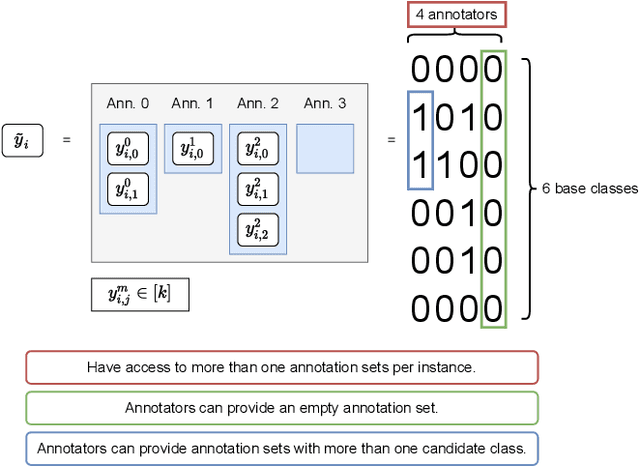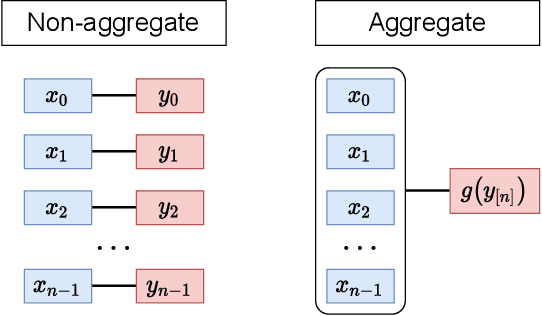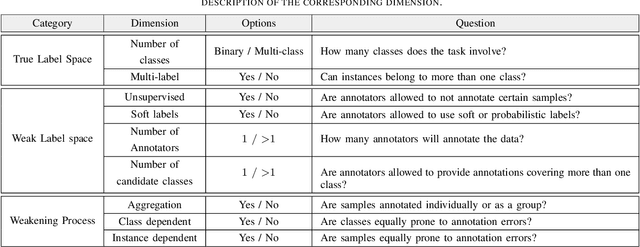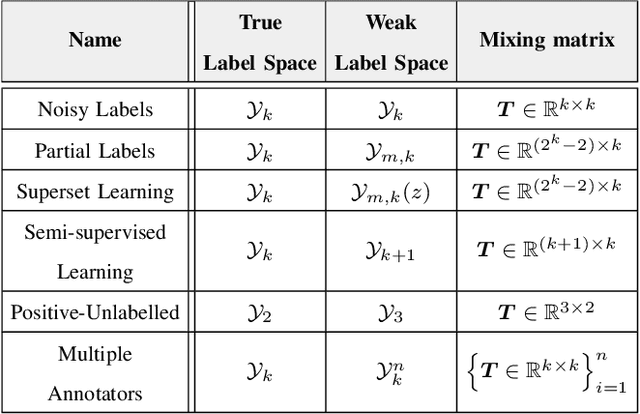Jesus Cid-Sueiro
An MDP Model for Censoring in Harvesting Sensors: Optimal and Approximated Solutions
Feb 02, 2025Abstract:In this paper, we propose a novel censoring policy for energy-efficient transmissions in energy-harvesting sensors. The problem is formulated as an infinite-horizon Markov Decision Process (MDP). The objective to be optimized is the expected sum of the importance (utility) of all transmitted messages. Assuming that such importance can be evaluated at the transmitting node, we show that, under certain conditions on the battery model, the optimal censoring policy is a threshold function on the importance value. Specifically, messages are transmitted only if their importance is above a threshold whose value depends on the battery level. Exploiting this property, we propose a model-based stochastic scheme that approximates the optimal solution, with less computational complexity and faster convergence speed than a conventional Q-learning algorithm. Numerical experiments in single-hop and multi-hop networks confirm the analytical advantages of the proposed scheme.
The Weak Supervision Landscape
Mar 30, 2022



Abstract:Many ways of annotating a dataset for machine learning classification tasks that go beyond the usual class labels exist in practice. These are of interest as they can simplify or facilitate the collection of annotations, while not greatly affecting the resulting machine learning model. Many of these fall under the umbrella term of weak labels or annotations. However, it is not always clear how different alternatives are related. In this paper we propose a framework for categorising weak supervision settings with the aim of: (1) helping the dataset owner or annotator navigate through the available options within weak supervision when prescribing an annotation process, and (2) describing existing annotations for a dataset to machine learning practitioners so that we allow them to understand the implications for the learning process. To this end, we identify the key elements that characterise weak supervision and devise a series of dimensions that categorise most of the existing approaches. We show how common settings in the literature fit within the framework and discuss its possible uses in practice.
 Add to Chrome
Add to Chrome Add to Firefox
Add to Firefox Add to Edge
Add to Edge